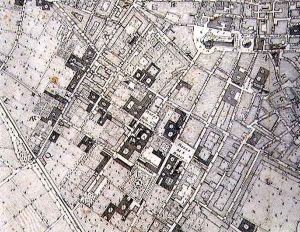Ferdinando Ruggeri Paintings
Ferdinando Ruggeri was an Italian sculptor and architect who lived during the late Baroque period. He was born in 1691 in Florence, Italy, a city renowned for its rich artistic heritage and as the cradle of the Renaissance. Ruggeri, however, was a product of the Baroque sensibility that succeeded the Renaissance, known for its dynamic movement, grandeur, and emotional intensity.
Ruggeri's career was primarily based in his native Florence, where he contributed to the embellishment of many churches and public buildings. His works are characterized by a dramatic use of light and shadow, a typical feature of the Baroque style, and a strong sense of motion. Ruggeri was also noted for his skill in working with marble, which was the preferred medium for many sculptors of his time due to its capacity to convey delicate details and to create lifelike figures.
Although not as widely known as his contemporaries such as Gian Lorenzo Bernini or Francesco Borromini, Ruggeri nonetheless made significant contributions to the architectural and sculptural landscape of Florence. His works may be found in various churches and palazzos, where they continue to be admired for their craftsmanship and artistic merit.
Ferdinando Ruggeri's death in 1741 marked the loss of a skilled sculptor who had made an indelible mark on the Baroque scene of Florence. Despite the passage of time, his works remain a testament to the enduring appeal of Baroque art and its capacity to evoke emotion and admiration among viewers.
